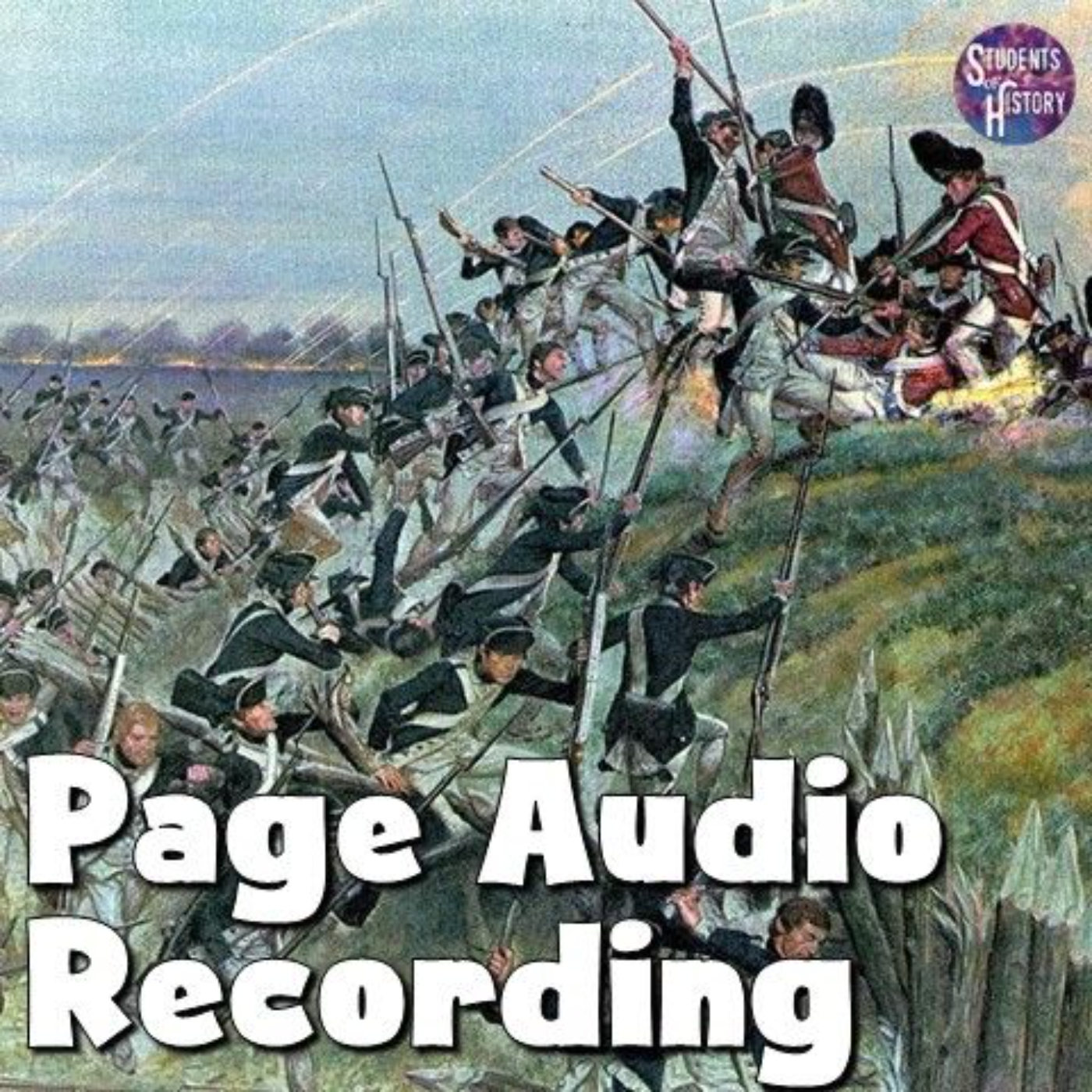Leading Figures of the Civil War

Throughout the Civil War, there were prominent figures on both the Union and Confederate sides whose contributions paved the way for the major historical events of this era.
Of course, the most notable figure of this time period is Abraham Lincoln, the 16th President of the United States. Elected in 1860, President Lincoln’s feelings toward slavery made Southern slaveholders nervous that he would move to end slavery.
His election in 1860 spurred 11 Southern states to secede from the Union. In response, Lincoln stated that, "Secession would destroy the only democracy in existence and prove for all time - to both future Americans and the world - that a government of the people could not survive."
Thus, Lincoln moved to preserve the Union. However, he would not attack or invade the South except to defend soldiers or Union forts.


The Confederacy elected Jefferson Davis to be their president in 1861. Davis previously served as a congressman and senator from Mississippi.
He also enslaved over 100 people on his Mississippi cotton plantation and was dedicated to ensuring white supremacy in the Confederacy.
Many historians attribute some of the Confederacy's weaknesses to his poor leadership. His reluctance to delegate responsibility, feuds with governors and generals, favoritism toward old friends, inability to get along with those who disagreed with him, neglect of civil matters in favor of military ones, and resistance to public opinion all worked against him.
From a military standpoint, many important generals rose to fame due to their tactics and strategy for both the Union and Confederacy.
Stonewall Jackson, whose real first name is Thomas, was a leading Confederate general who earned his nickname at the First Battle of Bull Run in 1861. During this early battle in the war many soldiers were frightened or confused in the chaos of battle. However, General Barnard E. Bee saw Jackson and his men standing firm in the face of fire and said, "There is Jackson standing like a stone wall."
Jackson later died after he was wounded by friendly fire at the Battle of Chancellorsville in Virginia in 1863.

The leading general for the South was General Robert E. Lee of Virginia. He led the Army of Northern Virginia from 1862 until his surrender in 1865.
Lee was able to command his troops to a handful of victories despite the overwhelming size and strength of the Union Army.
He led his army to decisive victories at Fredericksburg in 1862 and Chancellorsville in 1863. He then launched an invasion of the North, but was decisively defeated at the Battle of Gettysburg in July 1863.


Despite General Lee’s ability to effectively lead and organize his troops, it was ultimately General Ulysses S. Grant who saw more victories during the Civil War.
Grant, who was born in Ohio, was rose up quickly through the first years of the war. Lincoln then promoted Grant to command all Union forces in 1864.
Grant then faced off with Lee on the Overland Campaign in Virginia. He inflicted heavy losses on Lee's smaller army and then led a siege of Petersburg near Richmond. This led to Lee's surrender at Appomattox Courthouse in April 1865.
After the war, Grant would go on to be elected president of the US in 1868.
Of course, there were many civilians who were influential during this period as well. One of the most prominent was Frederick Douglass, a well-known abolitionist who escaped from slavery as a young man.
Douglass often met with President Lincoln and provided him with sound advice. For example, Douglass encouraged Lincoln to recruit African Americans to fight in the Union Army.
Throughout his presidency, Lincoln would rely on Douglass as a confidant, especially when he established that the ultimate goal of the Civil War would be the abolition of slavery.
